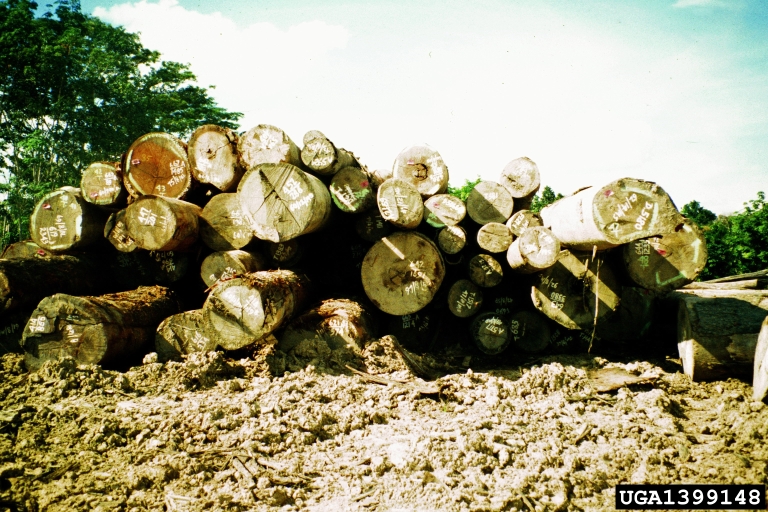There are many steps to take and things to learn for successfully cutting and selling your own logs.
One fall, we got it into our heads that we could maximize our profits on a timber sale by felling the trees ourselves. Additionally, we would either pay someone to haul the logs to the mill or we would haul them. There was a lot of slapping each other on the back and high-fiving going on following this decision as we were sure it would be a piece of cake. Boy, were we wrong.
We were smart enough to contact some local sawmills to see if they would take our logs and what their size and species preferences were like. We found that nearly every sawmill has their own specifications for log lengths and diameters and how many of each species they will buy. Also, not every mill was willing to take our logs as we were not certified by the Forest Stewardship Council nor the Sustainable Forestry Initiative.
We did end up finding a mill that would work with us. When we told them about the volumes we were looking to deliver, they connected us to a hauler that could pick up and deliver the logs for a fee. We set up a contract with that mill to deliver so many board feet, and were ready to get to work in our woods.
Our experience to that point in felling and processing trees had been limited to trees being made into firewood. We had usually done much of the firewood processing in the woods, so a trailer pulled by our farm tractor was always sufficient. On occasion, we dragged logs using a chain, but we didn’t care how beat up they got since it was just for firewood.
Obviously, we needed something else for sawlog hauling. We ended up getting a winch and a log skidder attachment for our tractor, and carefully dragged our logs through the woods so as not to damage it nor the standing trees. We built a roll-type cage on the tractor since we would be working on relatively steep terrain.
We also discovered that our techniques for felling and processing trees for firewood wouldn’t cut it for sawlog production. Damage to the tree being felled needed to be minimized and the length of the butt log (the log closest to the ground and of highest value) needed to be maximized. This required more careful inspection of the trees for defects and where to fell it. Additionally, we spent a great deal more time considering how to get the most valuable log out of each tree.
Then we needed to develop a process for moving the logs into position for hook up to the tractor and stacking them at our log landing. We already had the cant hooks and peaveys for rolling logs, but discovered two people were always needed to get the logs stacked the way we wanted them.
With all our equipment in hand and a harvesting plan in place, we were ready to go to work. I should note that I have some training and experience marking timber for harvest. If you are thinking about doing your own harvesting, then you really need to work with a forester to identify which trees to fell to ensure the harvest meets your goals now and in the future.
Overall, everything went pretty well. We didn’t damage our equipment or ourselves very much and we got our logs to the mill on time. If we didn’t include our own work in the equation (and we didn’t since it was a labor of love for us), we made a bit more than if we had sold our stumpage to a logger.
I think one of the big realizations we made was that the entire process took a lot longer than we thought it would. We also discovered we had to make some substantial investments in equipment, so it wasn’t the cakewalk we thought it would be. However, now that we have all the equipment ready and know what we are doing, it will probably go faster, but I think it will still be a substantial investment in our time.
